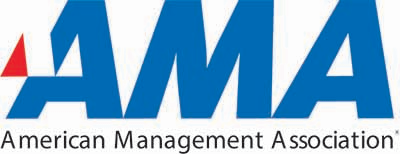Professional Partner Content
Learning Content Licenses: How to Determine the Right Fit
Published Tue Nov 12 2019
By K.C. Blonski and Bruce Marks
We’ve all seen or heard various statistics related to employee loyalty in today’s employment market:
85 percent of the global workforce is not engaged at work (Gallup)
50 percent of HR managers have current openings for which they can’t find qualified candidates (CareerBuilder)
37 percent of all North American employees are searching actively or casually for their next job (Ceridian)
Acquiring and retaining employees, especially Millennials, continues to be a challenge for all organizations. Many use various strategies to lure new talent, retain existing employees, and keep all focused and engaged. According to Saba’s recent State of Employee Engagement report, 86 percent of Millennials surveyed said they are more inclined to stay at their current company if they’re given access to quality training and development. Let’s think about that for a minute. The “Internet generation” of self-discovery and research is asking organizations to provide them with quality training and development to help secure the skills and behaviors needed to accomplish their current and future tasks.
As many learning organizations source and secure licensed content to provide the right skill sets to support such requirements for engagement and productivity, many struggle with transferring knowledge acquisition to installed behaviors. Many licenses provide content for only one component of learning transfer and aren’t flexible enough to give learning organizations the capability to support the various initiatives needed to sustain engagement and implementation strategies.
Learning organizations must be savvy in determining which license will provide the level of flexibility needed to help them achieve their objectives. Here are some questions to ask when determining if a license will support the various priorities of learning:
Ability to customize and make derivatives. Will this license allow for self-customization and provide the opportunity for us to embed certain models and content from licensed programs into our own programs?
Organization versus select population. Will the license allow us to cover the learning objectives of the entire employee population or just a subset as our needs evolve?
Inclusive of all modalities. Does the license provide access to all available modalities?
Transfer of delivery. Does the license allow us to facilitate any and all content?
Unnecessary services. Does the license include services that aren’t pertinent to my needs?
In today’s organizations, it’s not enough to just acquire the use of content to support the various needs of learning departments. The need is to identify a partner who will provide and transfer all necessary support to help the organization achieve its goals. Content is no longer king; it’s about identifying a partner that’s willing to support various initiatives and learning paths to help your organization be successful. These include individualized learning paths, microlearning, and the transfer of their knowledge and expertise in developing successful engagements and implementations. Any license should provide you with the tools and relevant services necessary to help drive long-lasting employee engagement, loyalty, and behavior change.
K.C. Blonski is vice president of sales, corporate learning solutions for American Management Association.
Bruce Marks is senior vice president of sales and business development for American Management Association.
More from ATD



